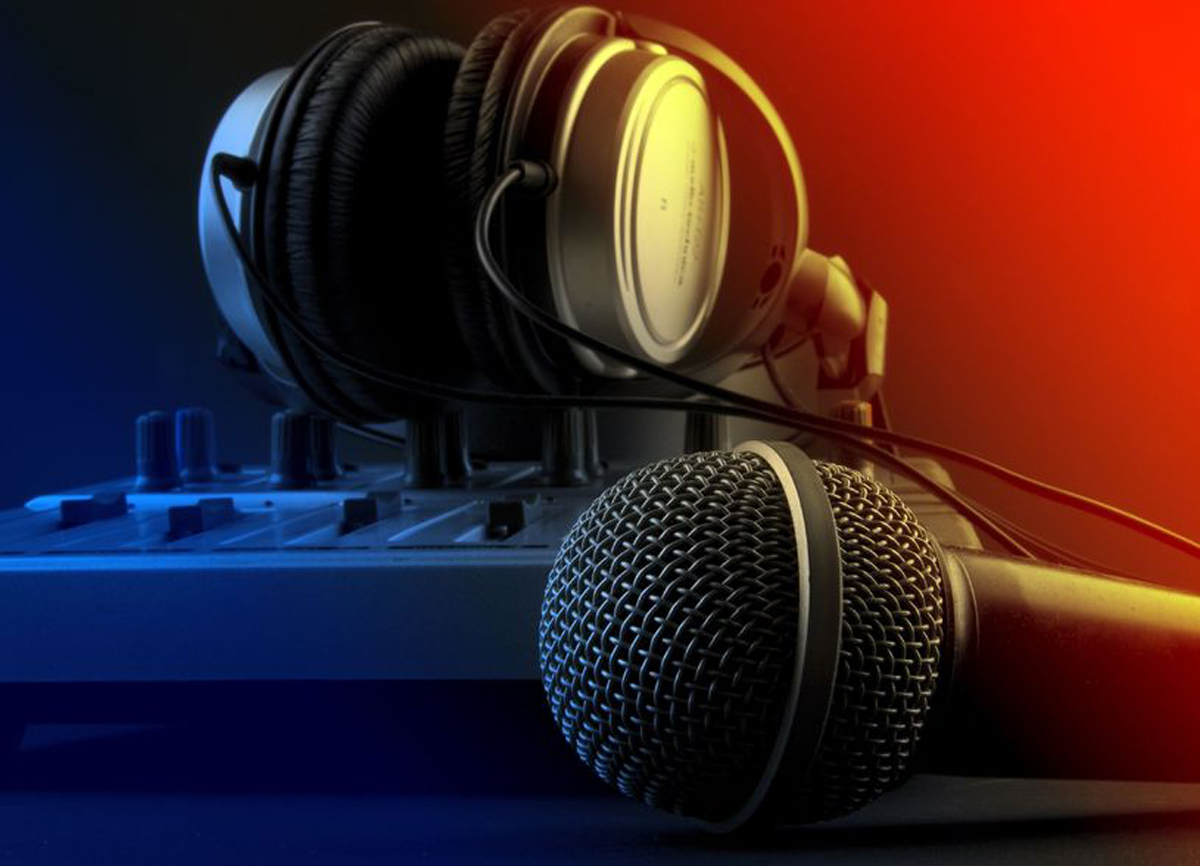It’s always a good idea to have a spare mixer on hand at every show. Years ago I learned this valuable lesson first hand while freelancing as an A1 for an A/V company. Let’s take a trip in the wayback machine…
We were setting up the sound system for a large general session at a corporate show when I discovered that the house console would not power up. It turned out that the rack housing the power supplies for the console had rolled off the dock and landed hard on its side, disabling both units.
While the production manager frantically made phone calls trying to locate replacement power supplies or another console, I discovered a small mixer in a breakout room that was not being used. We placed this 4 mono/4 stereo input unit on top of the house console and commenced getting the system up and running.
Right away, the CEO wanted to rehearse his speech, so I plugged in the podium microphone and his lavalier. Just then, a guy from “Video World” called me on the comm and asked for a feed so he could test his recorders. With two aux sends available on the mixer, I grabbed an XLR-to-TRS adapter and supplied his feed.
So far, so good…
A Simple Plan
Less than a half-hour to doors open, it looked like we were going to need to go with what we had – the production manager was striking out on a substitution. The A2 and I took stock of what we had and quickly devised a plan.
With no group or matrix outputs, the PA would run in mono, with the left output dedicated to the main loudspeakers and the right output feeding the delay stacks. Left for LOCAL and right for REMOTE – to this day, it’s still my approach on shows when I have limited outputs.
One of the aux sends would remain as the video recording feed, and the other would supply the backstage monitor system feed. The mixer’s mono output would feed the board “safety” recording. Input-wise we would still have two podium mics, but only one could be plugged into the mixer (channel one).
The clearly marked cable for the backup podium mic would be sitting next to the mixer, ready to go in case of trouble. Mic channels two and three would handle wireless lavaliers for presenters, and channel four could take care of the announcer’s mic.
We reduced the number of audience Q&A (question and answer) mics down to just a pair, and using XLR-to-TRS transformers, we would plug these two mics into the mono inputs on two stereo channels. The last two stereo channels would be occupied with the audio tracks from the video playback units. The CD player for walk-in music would be patched into the mixer’s RCA inputs.
With our plan in place and then transformed to actual reality, we were ready for the show. And fortunately, it all went according to plan (pardon the pun). That little mixer sitting on the dead console did its job, and it also taught me the value of bringing along a backup to every gig.















